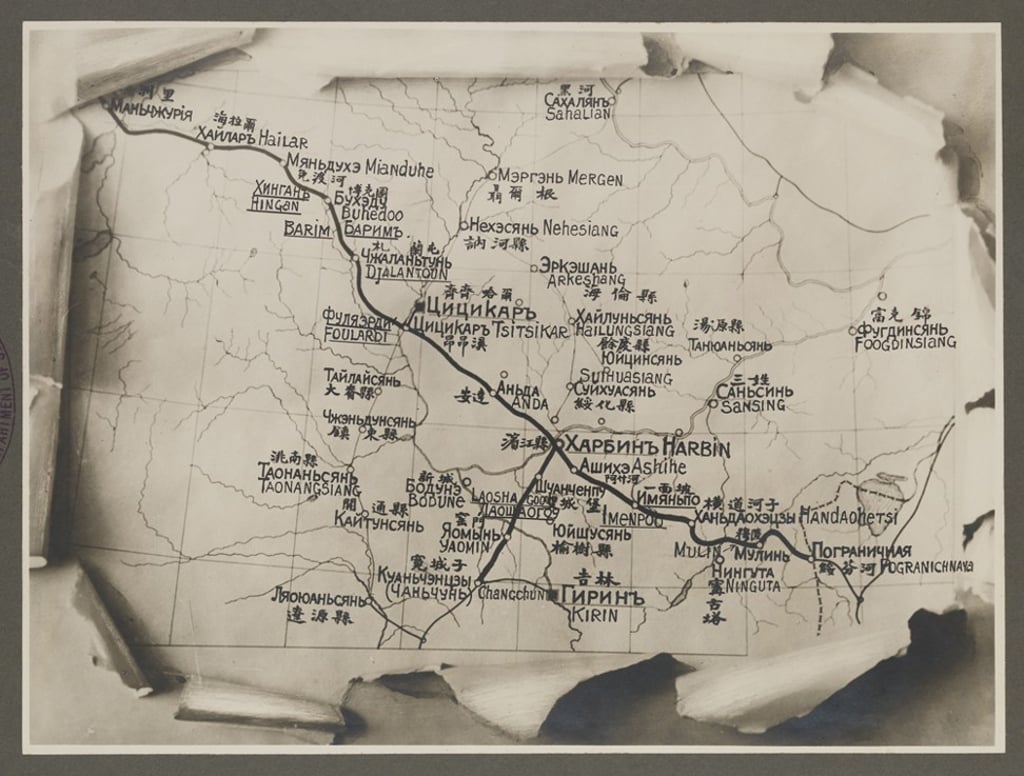Tracking down two mysterious White Russian women in China between the wars
- Writer and friend retrace the footsteps of a grandfather’s secret second wife and a loving mother whose lives were shaped in the northeastern Chinese city of Harbin
- Russia’s building of the China Eastern Railway effectively made Harbin a Russian city on Chinese soil

The list also named a daughter, Kyra, aged five, born in Harbin. It was a stunning revelation. It implied that my grandfather, an inspector for the Harbin postal subdistrict from about 1912, had led a double life for at least a decade.
I contacted an American friend, Michael Towers, whose father had known my mother in Shanghai during the 30s. His Russian mother, Olga, her parents – Aleksandr Aleksandrov and Evdokia Belan – and many siblings spent years in Harbin, though his family rarely talked about those times. I suggested that since we were both interested in our forebears’ history, we might meet in Harbin and walk under the onion domes of churches and along the same streets once trod by Nina and Olga.
Michael and I met in September, a benign month before Harbin’s deep freeze sets in, prepared to dive into the history of the region and our families’ places in it.

Long before it became the capital of Heilongjiang province, Harbin was a fishing and hunting settlement of Manchuria, whose inhabitants, the Manchus, had a history of conquering and being conquered by China. More than a century ago, vast and mineral-rich Manchuria became the locus of a three-way power struggle between China, Russia and Japan.
After the Sino-Japanese war of 1895, tsarist Russia obtained a concession from China’s weak Qing dynasty to build the China Eastern Railway (CER) as a short cut linking two Russian cities: Chita, in Siberia, and the far eastern port of Vladivostok. The route, however, meant traversing northern Manchuria via Harbin.